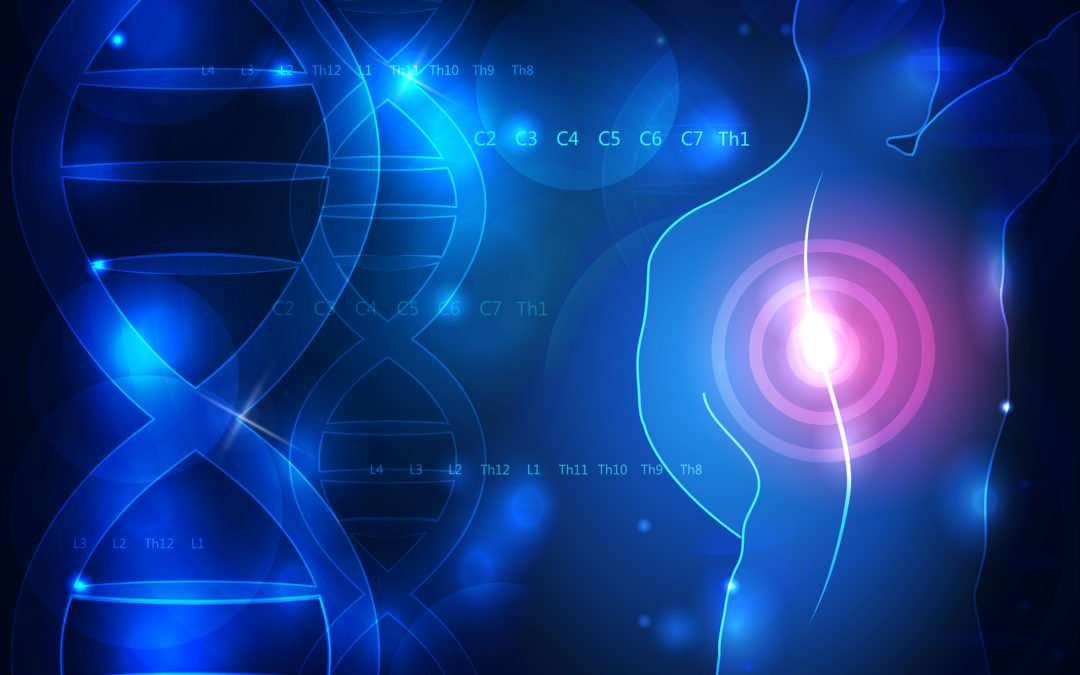
But is it possible to use stem cells for back pain treatment? It seems like stem cells are everywhere nowadays in the medical field. An Innovative New Alternative – Intradiscal Stem Cell Injections In addition to the inherent risks that accompany all surgeries, discectomy procedures carry the risk of recurrence months to years later. This kind of surgery has a high success rate – generally 80 percent or higher – yet many patients prefer to pursue alternatives. This often involves a minimally invasive discectomy procedure, which removes the part of the disc that is pressing against the nerve and causing pain. If more conservative methods fail and you find your back pain comes from a structural issue, such as a herniated disc, your doctor may recommend surgery. Many people choose to supplement their treatment regimens with alternative therapies like chiropractic, acupuncture, massage, and yoga. They also give you exercises that you can do to strengthen your core and back muscles so that you can support your spine more effectively, reducing pain from use. Physical therapists treat back pain in a number of ways, from ultrasound treatment and electrical stimulation to muscle release. Low-dose antidepressants (can relieve certain forms of back pain).

#Stem cell treatment for back pain skin#
Treating conditions like degenerative disc disease is a lot like trying to treat skin wrinkles or gray hair. These structures are supposed to absorb shock and protect the vertebrae but become weaker and can bulge, tear, and leak as we age. Degenerative disc disease, more commonly known as DDD, is an age-related condition that affects the intervertebral discs. Take degenerative disc disease, for example. Your doctor can narrow it down, but many back pain conditions are fairly vaguely defined. There are many conditions that cause lower back pain and no individual test that can tell you which one you have. Lower back pain can also be extremely difficult to treat.

Low back pain is ranked as the third most burdensome condition in the United States and the leading cause of work-related disability. Approximately 80 percent of adults experience lower back pain to some degree during their lifetimes.


 0 kommentar(er)
0 kommentar(er)
